Corn Plant / Indoor plant(Dracaena)
5,950.00 LKR
Product Details
- Common Names – Corn plant, dracaena, false palm
- Botanical Name – Dracaena fragrans
- Height – 30cm – 60cm (This plant size is between mention size)
- Note – Plant may not look like on the picture but will make sure you will have good quality plant. ( You can request for your ordered plant pitcher before deliver)
- What Include – Plant with 2/3 Stems & Soil with Plastic pot
- Delivery – Plant only Deliver on within Colombo & Suburb (we don’t deliver the plant by courier, we will deliver i n person with our delivery team)
- Family – Asparagaceae
- Plant Type – Broadleaf, evergreen, shrub/tree
- Mature Size – 15–50 ft. tall, 3–10 ft. wide outdoors; container-grown plants can grow up to 6 ft. tall
- Sun Exposure – Partial
- Soil Type – Moist, well-draining, loamy
- Soil – pH 6.1 to 6.5 (Acidic)
- Bloom Time – Late fall and then again in late spring; nighttime bloomer
- Flower Color – White, yellow
- Hardiness Zones – 10–12 (USDA)
- Native Area – Africa (tropics)
Out of stock
Corn Plant (Dracaena)
This plant (Dracaena fragrans) is a tropical African evergreen tree popular in Europe as an indoor plant since the mid-1800s—and in the U.S. since the early 20th century. They grow fairly slowly, from thick canes or stems that produce long, narrow leaves like stalks of corn, growing upward. This growth habit also makes them look a lot like palm trees, which is why they’re sometimes called “false palms.” They make good houseplants because they are tall and narrow, typically only reaching around 4- to 6-feet tall in containers. These plants aren’t high maintenance once you get their growing conditions right. Springtime is ideal for starting new plants, though you can typically pot nursery plants indoors any time of year. if you have cats or dogs, pass on this as dracaena is toxic to both
Corn Plant Care
Home gardeners usually grow corn plants as large potted plants indoors since they are tropical plants that require climate-controlled conditions. Corn plants do best in bright indoor locations protected against direct sunlight, drafts, and air conditioning and heating vents. These plants also prefer a high humidity environment.
You can put corn plants outdoors during the summer if they are in a sheltered, somewhat shady location. Protect them against strong winds. Bring the plant indoors once the temperatures start to fall into the 60s F.
Light
The ideal indoor location for this plant is near a window with filtered sunlight. Too little light will result in the leaves losing their color variegation and might stunt the plant’s growth. Exposure to direct sun can burn the plant’s leaves and cause them to wilt. Outdoors, the plant does best in a shadier spot.
Soil
A loose, loamy potting soil mix is the best option for growing corn plants. Make sure the soil has good drainage because its roots don’t do well in standing water.
Water
Keep the soil evenly moist but not soggy during the growing season (spring through fall). Reduce watering in the late fall to winter. However, never let the soil completely dry out. Soil that is too wet or too dry will lead to plant health issues.
Temperature and Humidity
Corn plant do best in temperatures from 60-75 F. Avoid exposing them to temperatures in the 50s F. If you temporarily moved your corn plants outdoors for the summer, make sure to bring them indoors before temperatures reach this point.
Maintain humidity levels between 40 to 50 percent, which mimics the plant’s native environment. To raise the plant’s humidity, use a humidifier or place the pot on a tray of water and pebbles. Do not let the bottom of the pot touch the water. You can also mist the leaves regularly.
Fertilizer
Corn plants prefer organically rich soil. Use a balanced liquid fertilizer every other month throughout the growing season and feed sparingly, if at all, over the winter.
| Weight | 3 kg |
|---|---|
| Dimensions | 40 × 40 × 120 cm |


MAECENAS IACULIS
Vestibulum curae torquent diam diam commodo parturient penatibus nunc dui adipiscing convallis bulum parturient suspendisse parturient a.Parturient in parturient scelerisque nibh lectus quam a natoque adipiscing a vestibulum hendrerit et pharetra fames nunc natoque dui.
ADIPISCING CONVALLIS BULUM
- Vestibulum penatibus nunc dui adipiscing convallis bulum parturient suspendisse.
- Abitur parturient praesent lectus quam a natoque adipiscing a vestibulum hendre.
- Diam parturient dictumst parturient scelerisque nibh lectus.
Scelerisque adipiscing bibendum sem vestibulum et in a a a purus lectus faucibus lobortis tincidunt purus lectus nisl class eros.Condimentum a et ullamcorper dictumst mus et tristique elementum nam inceptos hac parturient scelerisque vestibulum amet elit ut volutpat.
Related products
2 Piece gold Cube Plant Stand
2 Piece Grey Arch Round Plant Stand
2 Tier Modern Bloom Plant Stand
- Type: Metal Plant Stand
- Material: Base – Metal
- Colour: Gold,Black,Pink,White,Blue
- Number of Items Included:1
- Outdoor Use: No
- Care Instructions: Wipe with dry cloth
- Assembly Required: No
- Model number – gold- PS100 / Black- ps101 / blue - ps102 / pink - ps 103 / white- ps106
- Size – 9''x 30''
Cardinal Plant black (Philodendron erubescens)
- Common Name - Black Cardinal Plant (Philodendron erubescens) Botanical Name - Philodendron erubescens
- Height – 30cm – 40cm (This plant size is between mention size)
- Note – Plant may not look like on the picture but will make sure you will have good quality plant. ( You can request for your ordered plant pitcher before deliver)
- What Include – Plant Medium Bush & Soil with Plastic pot
- Delivery – Plant only Deliver on within Colombo & Suburb (we don’t deliver the plant by courier, we will deliver i n person with our delivery teamFamily - Araceae
- Plant Type - Perennial
- Mature Size - 2-60 ft. long, 16 in. wide
- Sun Exposure - Partial
- Soil Type - Well-drained, loamy
- Soil pH -Neutral, acidic
- Bloom Time - Spring, summer
- Flower Color - Red
- Native Area - Central America, South America
Cardinal plant Green (Philodendron Erubescens)/ Plant With Pot
- Common Name - Green Cardinal plant
- Botanical Name - Philodendron erubescens
- Height – 30cm – 40cm (This plant size is between mention size)
- Note – Plant may not look like on the picture but will make sure you will have good quality plant. ( You can request for your ordered plant pitcher before deliver)
- What Include – Plant Medium Bush & Soil with Plastic pot
- Delivery – Plant only Deliver on within Colombo & Suburb (we don’t deliver the plant by courier, we will deliver i n person with our delivery team
- Family - Araceae
- Plant Type - Perennial
- Mature Size - 2-60 ft. long, 16 in. wide
- Sun Exposure - Partial
- Soil Type - Well-drained, loamy
- Soil pH - Neutral, acidic
- Bloom Time - Spring, summer
- Flower Color - Red
- Native Area - Central America, South America
Golden Pothos Plant
- Common Name - Pothos, golden pothos
- Botanical Name - Epipremnum aureum
- Height - 24cm – 34cm (This plant size is between mention size)
- Note - Plant may not look like on the picture but will make sure you will have good quality plant. ( You can request for your ordered plant pitcher before deliver)
- What Include - Plant & Soil with Plastic pot
- Delivery - Plant only Deliver on within Colombo & Suburb (we don’t deliver the plant by courier, we will deliver i n person with our delivery team)
- Family - Araceae
- Plant Type - Vine
- Sun Exposure - Full sun, partial shade
- Soil Type - Moist but well-drained
- Native - South Pacific
Sansevieria trifasciata or snake plant
- Common Name - Snake plant, viper's bowstring hemp, St. George's sword
- Botanical Name - Dracaena trifasciata (formerly Sansevieria trifasciata)
- Height – 45cm – 60cm (This plant size is between mention size)
- Note – Plant may not look like on the picture but will make sure you will have good quality plant. ( You can request for your ordered plant pitcher before deliver)
- What Include – Plant ( 8- 12 Leaf) & Soil with Plastic pot
- Delivery – Plant only Deliver on within Colombo & Suburb (we don’t deliver the plant by courier, we will deliver i n person with our delivery team)
- Family - Asparagaceae
- Plant Type - Evergreen, perennial
- Mature Size - Six inches to 8 feet tall
- Sun Exposure - Shade to partial sun
- Soil Type - Sandy, well-drained
- Soil pH - Slightly acidic to slightly alkaline
- Bloom Time - Spring (blooms are rare)
- Flower - Color White
- Native Area - West Africa (tropical)
Zamioculcas zamiifolia – ZZ Plant
- Latin Name - Zamioculcas zamiifolia
- Common Name - Black ZZ Plant
- Height – 20cm – 45cm (This plant size is between mention size)
- Note – Plant may not look like on the picture but will make sure you will have good quality plant. ( You can request for your ordered plant pitcher before deliver)
- What Include – Plant with 6/8 Stems & Soil with Plastic pot
- Delivery – Plant only Deliver on within Colombo & Suburb (we don’t deliver the plant by courier, we will deliver i n person with our delivery team)
- Characteristics - The Zamioculcas , more commonly known as the ZZ Plant, is a indoor plant that beginners will be able to take care of with no trouble at all. The dark green leaves have a strong tinge of black to them, which usually means that a plant will be harder to care for, but not with the Raven. The upright foliage will show up very well when potted, with its distinct colour standing out from the rest due to its stark palette.
- Plant Advice - Except for complete darkness and full sun, Raven will appreciate almost any light conditions - its not a fussy plant. You should let the plant dry out between waterings, perhaps only carrying the process out once or twice a month - again, it won't mind if you forget to do so.


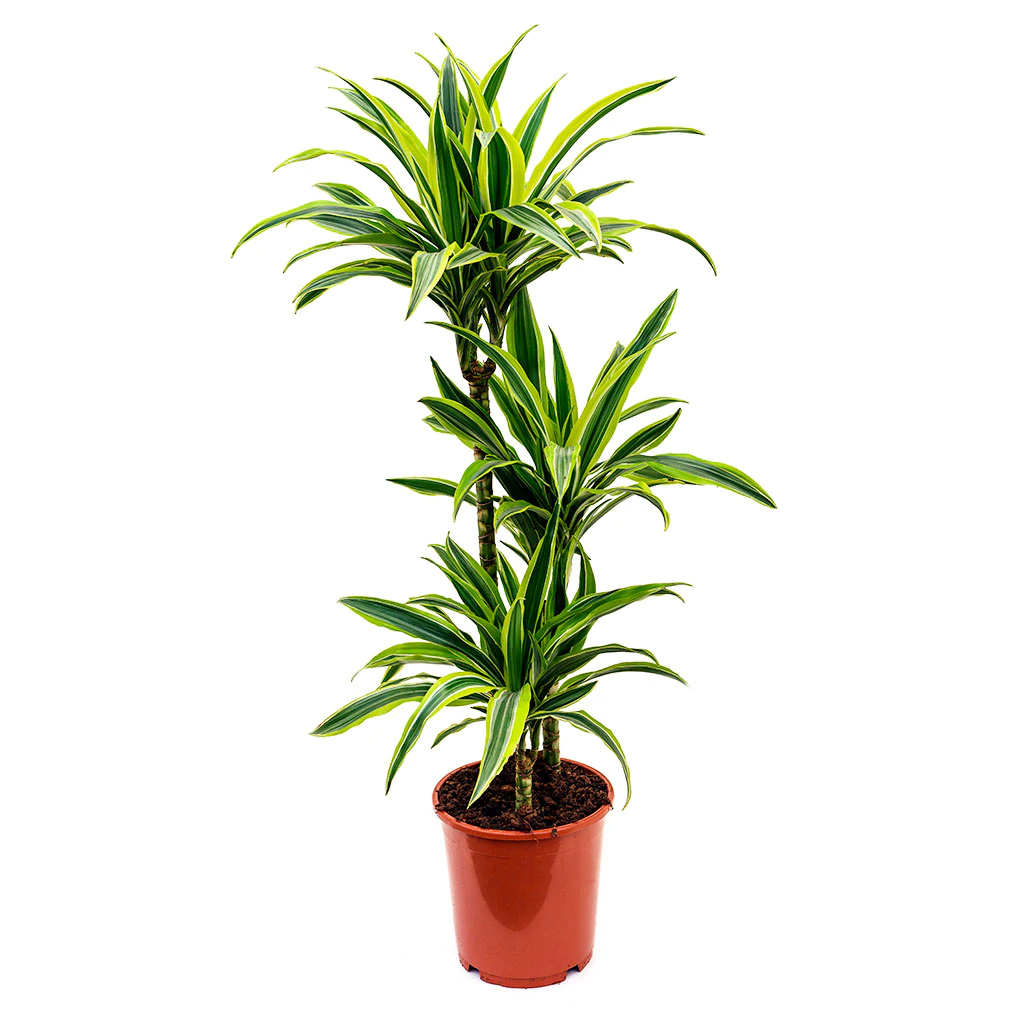
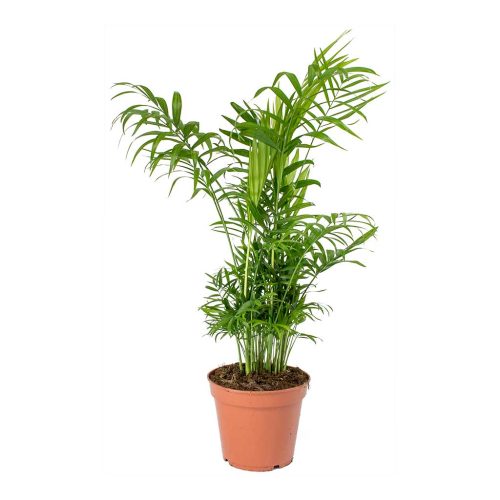
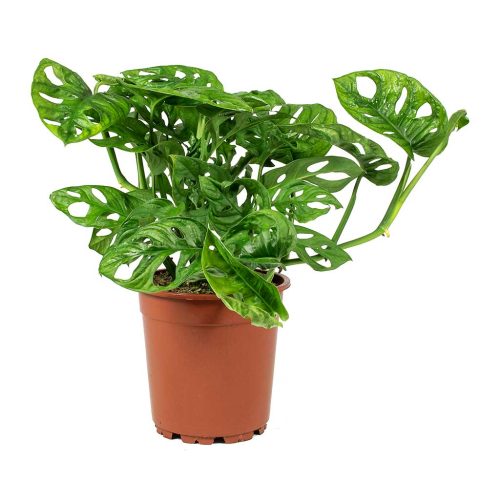

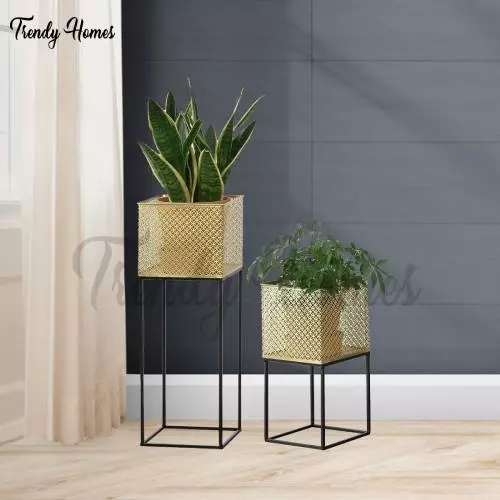
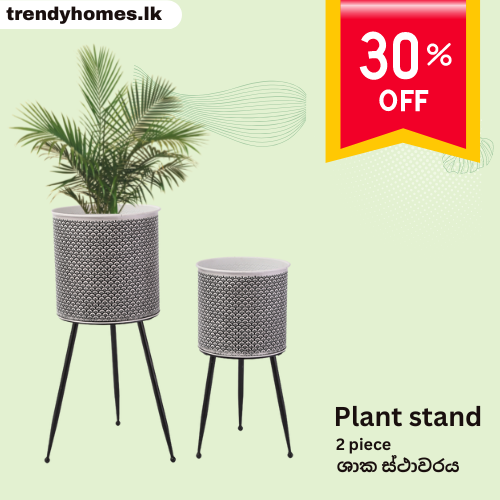
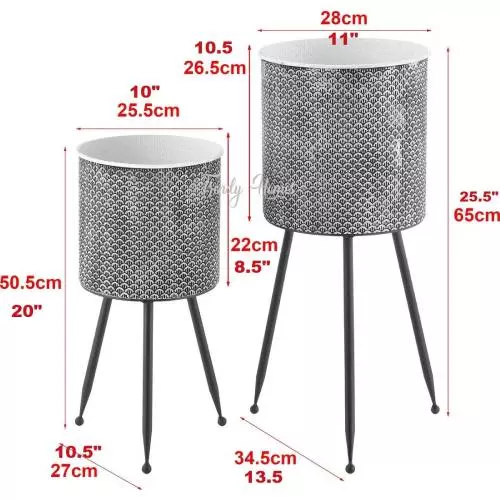
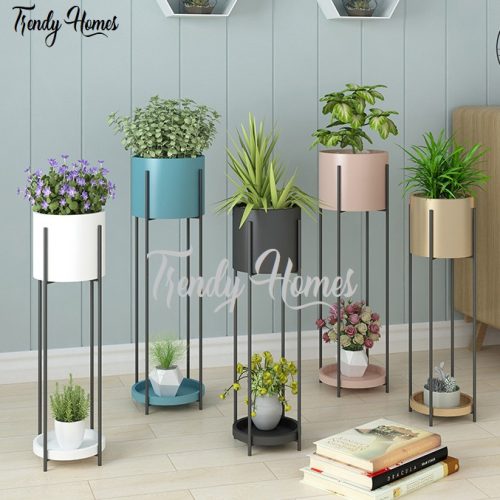

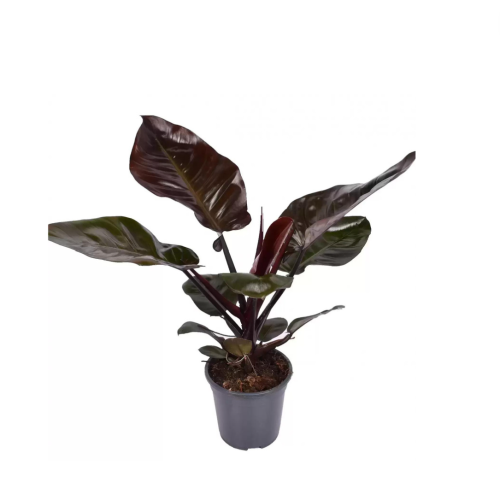
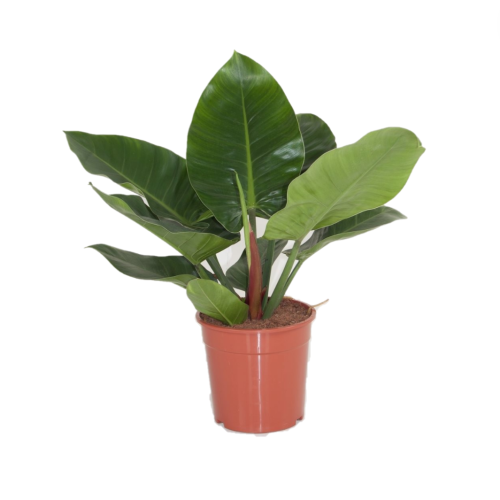

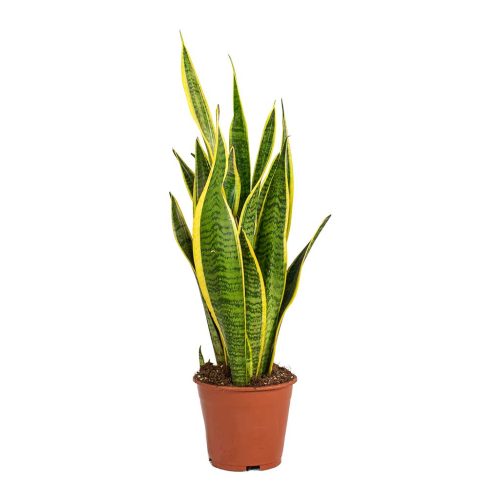
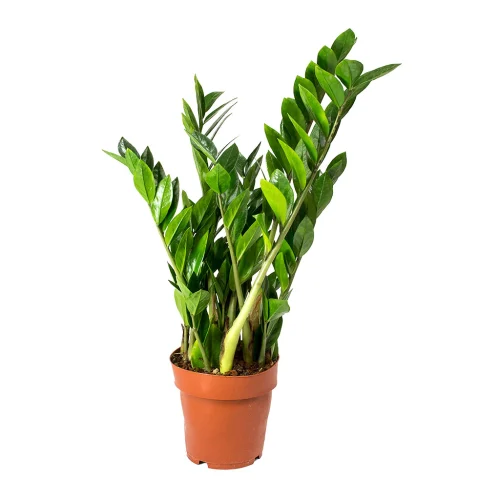
Reviews
There are no reviews yet.